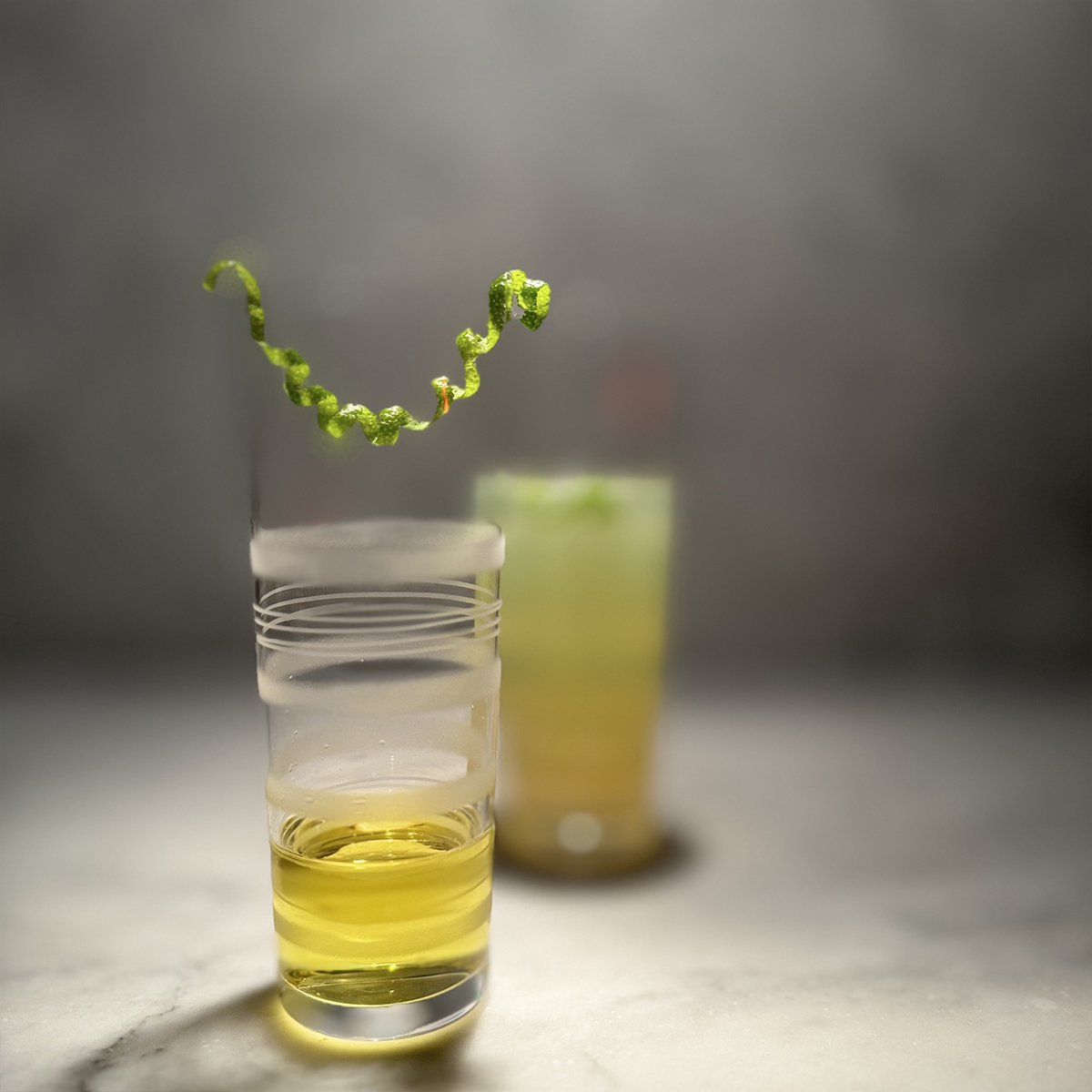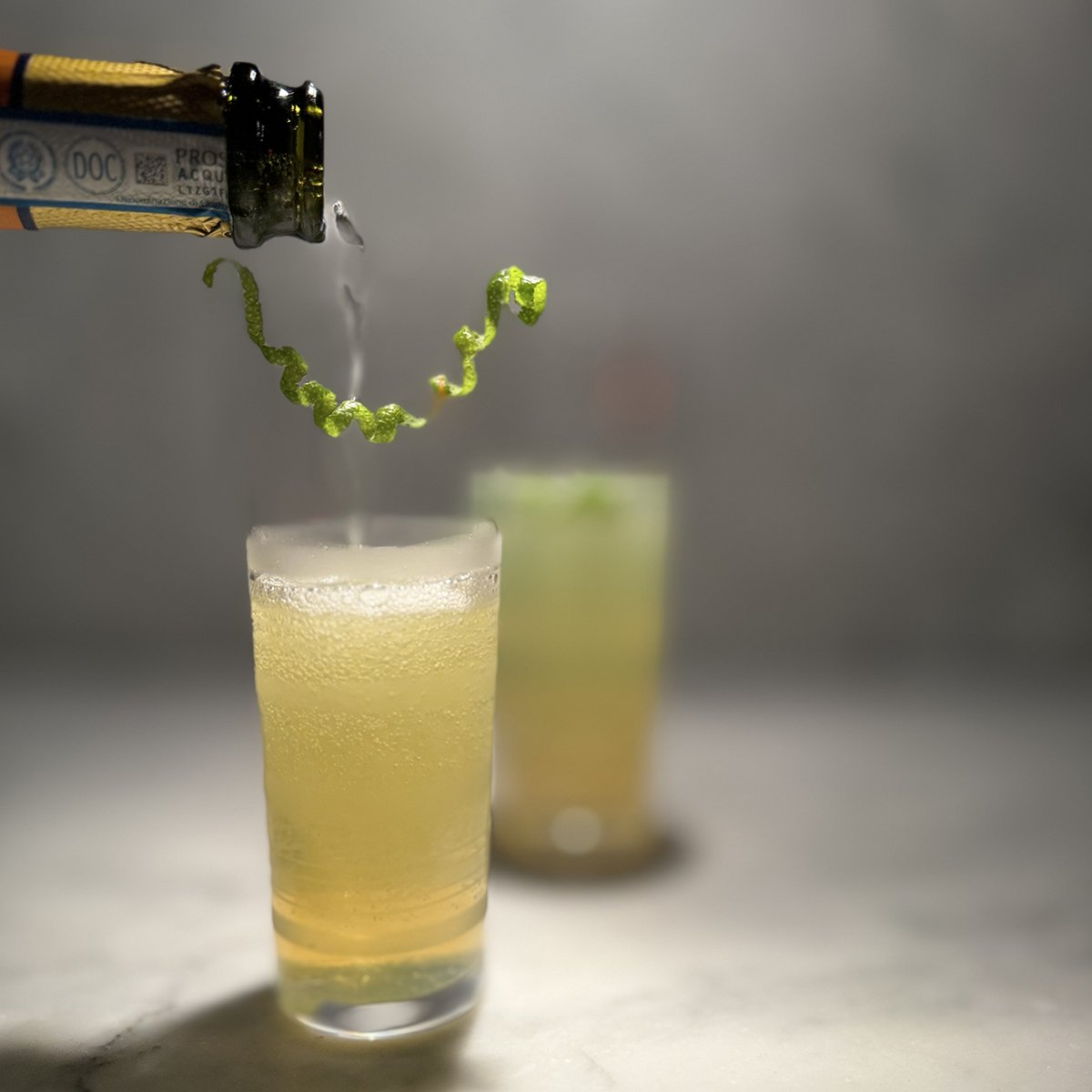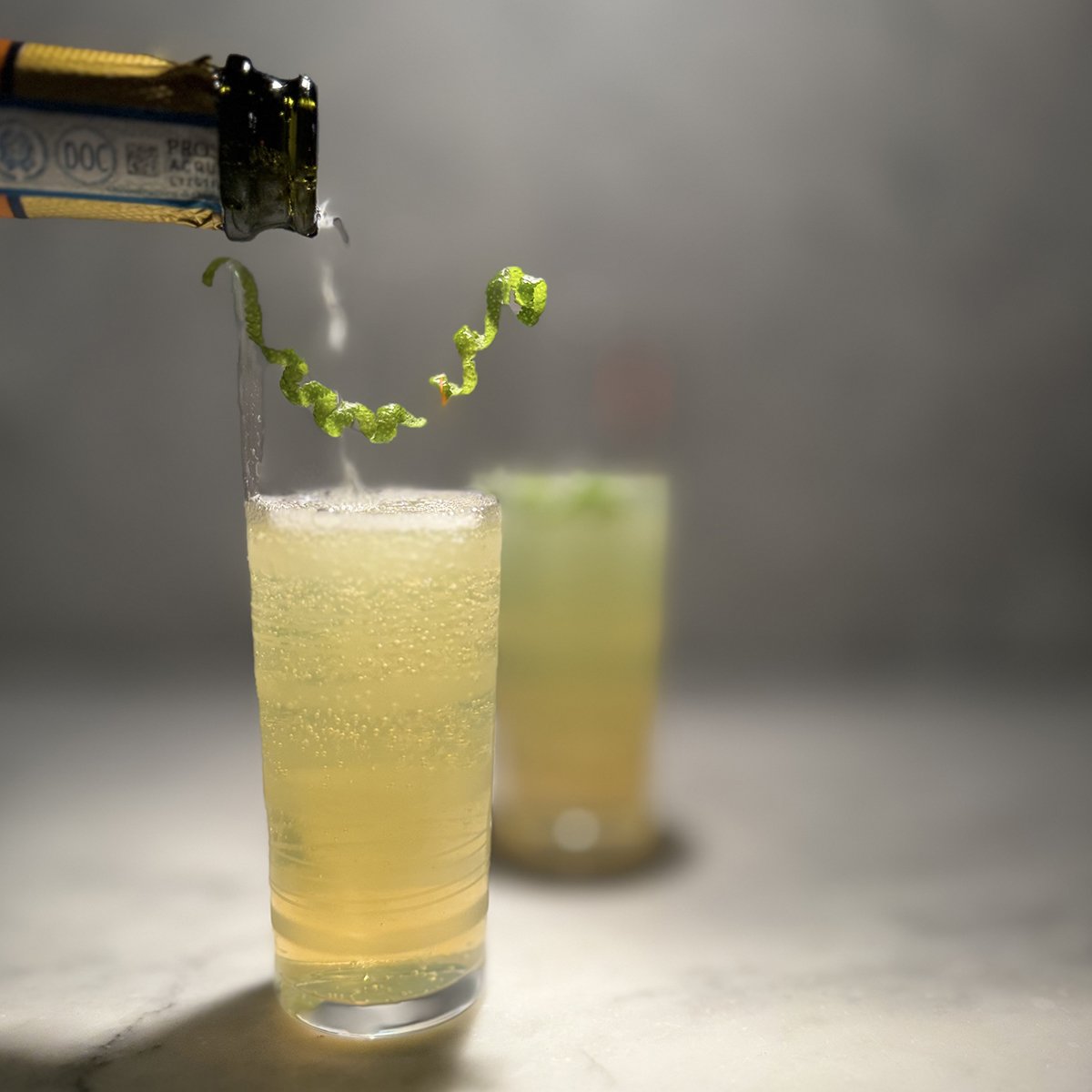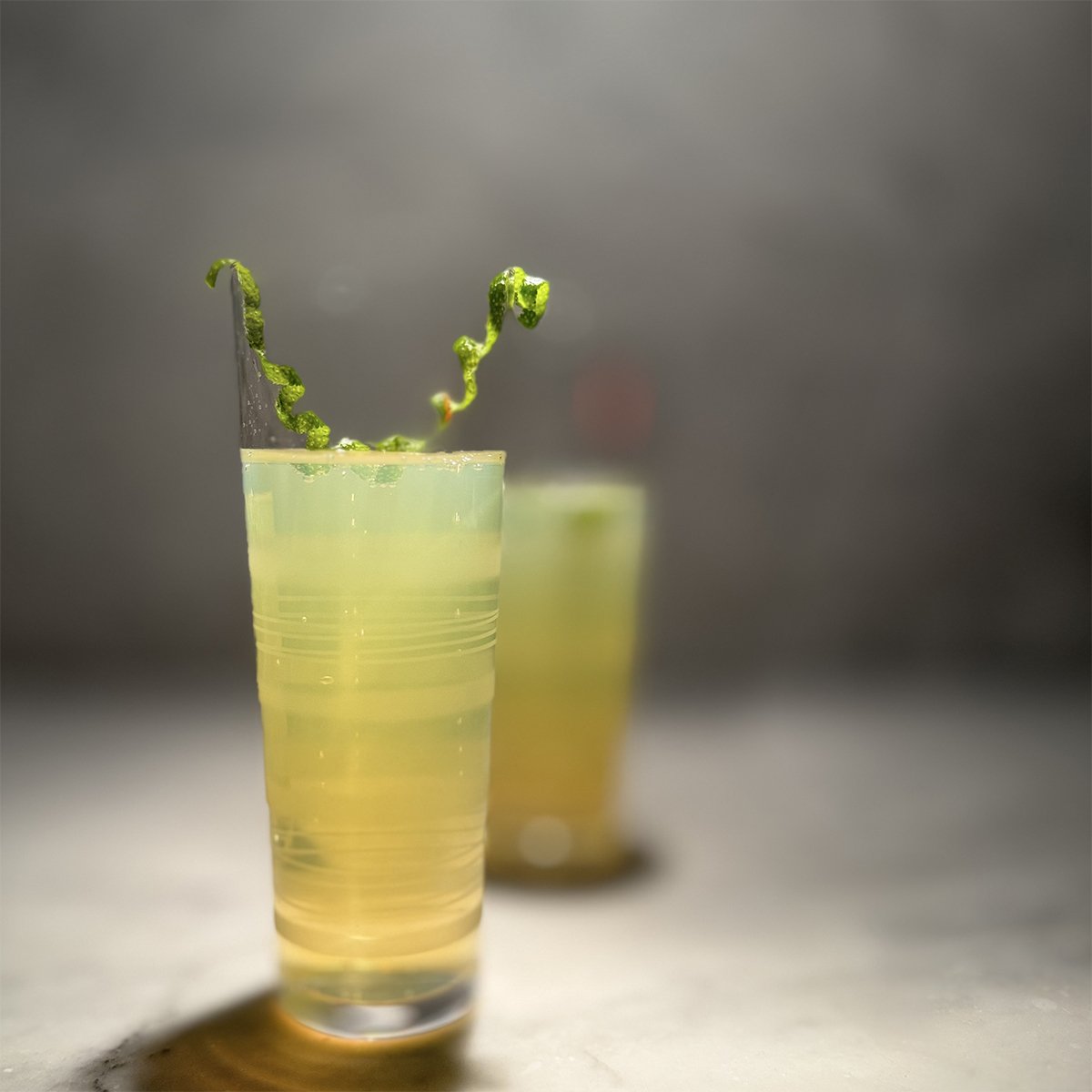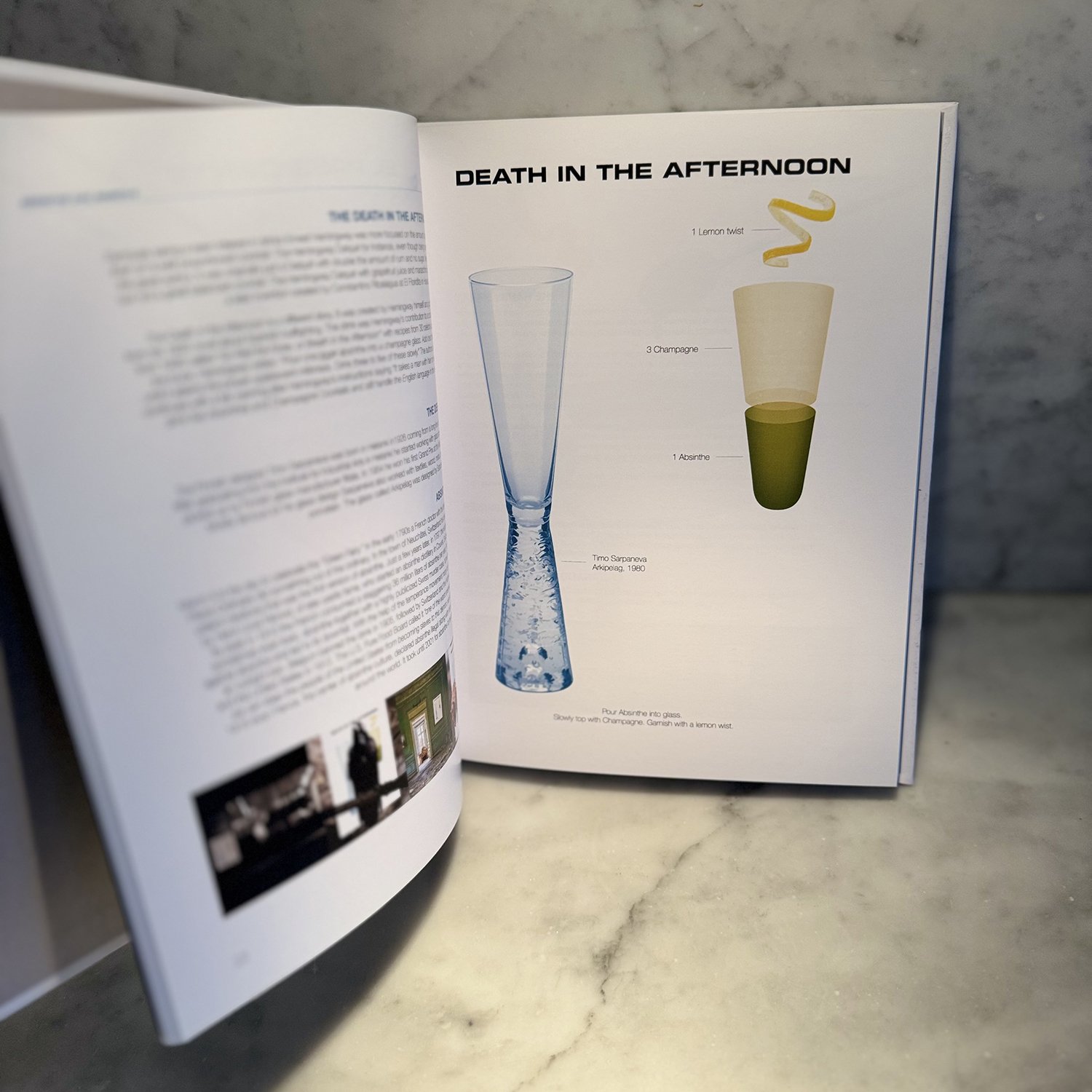March 5 is the day to celebrate the “Green Fairy”. In the early 1790s a French doctor with the interesting name Pierre Ordinaire did something out of the ordinary. In the town of Neuchâtel, Switzerland he created a distilled patent medicine that was the first version of absinthe. Just a few years later, in 1797, the recipe was bought by Henri Louis Pernod, of later pastis fame, who started an absinthe distillery in Couvet, Switzerland. During its peak in 1910 the French consumed a staggering 36 million liters of absinthe per year. Poor quality, and sometimes even toxic, absinthe together with a highly publicized Swiss murder case, turned public opinion against absinthe and led to its downfall. With the help of the temperance movement many countries declared an outright ban. Belgium banned the drink in 1905, followed by Switzerland and the Netherlands in 1910, and the United States in 1912. The U.S. Pure Food Board called it “one of the worst enemies of man, and if we can keep the people of the United States from becoming slaves to this demon, we will do it.” Finally in 1915 even France, the center of absinthe culture, declared absinthe illegal along with many other countries around the world. It took until 2001 for absinthe to become lawful again.
Death In the Afternoon
1 jigger Absinthe
Champagne
1 Lemon twist
According to the drinks creator, Ernest Hemingway, you make it like this. “Pour one jigger of absinth into a champagne glass. Add iced Champagne until it attains the proper opalescent milkiness. Drink three to five of these slowly.” My guess is that after five Death In the Afternoons you won’t do much else that day.

